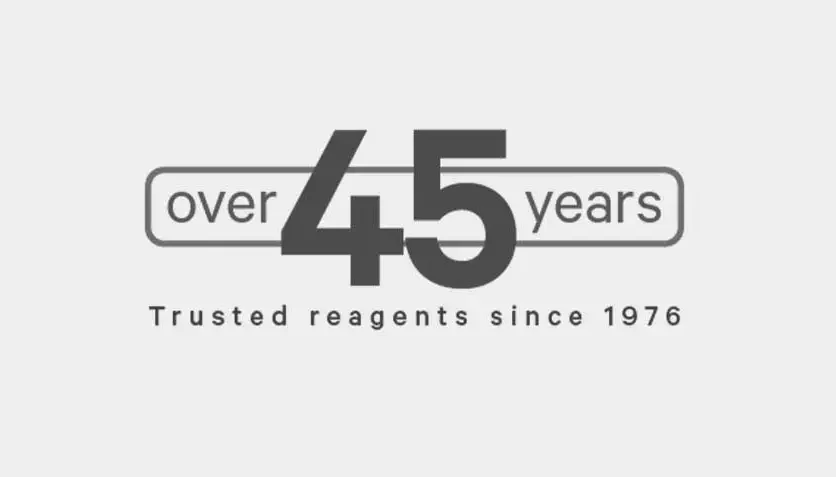Bioconjugation Reagents
SoluLINK® bioconjugation technology has been engineered to allow rapid and quantifiable conjugation of all classes of biomolecules. This technology is based on the reaction of HyNic with 4FB to form a stable bis-arylhydrazone bond. Unlike other conjugation chemistries, these linkers are chromophoric, meaning that they absorb light and can therefore be easily quantified with a simple spectrophotometer reading. The bis-arylhydrazone chromophore is crucial for measuring the number of linkers incorporated on each biomolecule and the degree of conjugation between two biomolecules. Quantifiable linkers allow unparalleled reproducibility of bioconjugate preparation from batch-to-batch.
Purification to remove unincorporated labels is crucial to this process as it results in reduced non-specific binding, higher sensitivity, and higher signal-to-noise in your assay. Despite their apparent simplicity, competing “mix and use” conjugation products simply do not work well because of inefficient conjugation chemistry and the lack of a purification step. This leaves both unconjugated biomolecule (e.g., antibody) and excess label (e.g., fluor, oligo, and enzyme) in the reaction mixture.
ChromaLINK® Biotin and Digoxigenin are the only reagents of their type that can be directly quantified upon linking to biomolecules. These reagents contain the same bis-arylhydrazone bond that is central to SoluLINK bioconjugation technology. Biotinylated biomolecules are efficiently immobilized onto streptavidin coated surfaces, such as magnetic beads and agarose.
NanoLINK® and MagnaLINK® streptavidin magnetic beads possess up to 15-times greater biotin binding capacity than other commercially available products. Streptavidin Agarose Ultra Performance™ also has the highest biotin binding capacity of any agarose bead on the market.
SoluLINK conjugation kits contain everything needed to produce and purify high quality conjugates. Conjugation linkers and accessories are also available as flexible stand-alone products for scale-up work. These linkers are ideal for protein crosslinking, protein labeling, chemical crosslinking, protein crosslinking, and antibody conjugation. All SoluLINK products are manufactured under the TriLink ISO 9001:2015 quality system to ensure a consistent supply of high-quality product.

